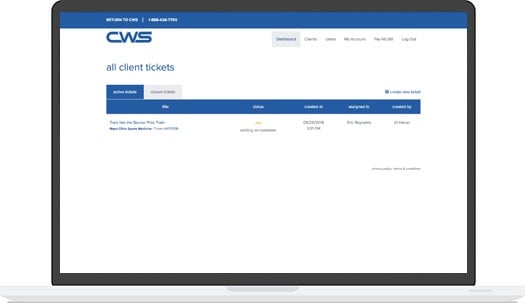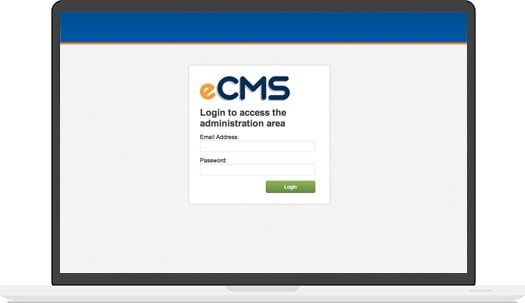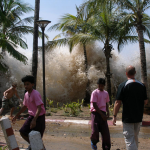As I sit here this morning in amazement at the power and fury of Mother Nature, I can't help but to also marvel at the amount of information that is at my fingertips when it comes to disseminating news on an important event.
As everyone knows by now, an unbelievably strong 9.0 magnitude earthquake (5th strongest earthquake ever measured) struck just off the northeast coast of Japan near Honshu on Friday, March 11, 2011. This horrible and vivid event was reminiscent of what happened just off the west coast of Sumatra in Indonesia back in December of 2004 that caused such devastating damage and loss of life. The photos and videos from that event sent shock waves throughout the world and demonstrated just how important it is for the general public to receive timely information, no matter where you are or what you are doing. Communication tools were good back in 2004, but certainly not what they are today. Being informed is the key and it saves lives.
One of the main goals of emergency operations centers today is to get the word out to the public as quick as humanly possible. Who, what, where, when and why are important questions that must be addressed during a natural disaster such as an earthquake and ensuing Tsunami. With that being said, I can't help but be impressed with how our communication tools continue to evolve and change for the good in this technologically advanced world that we live in today. This communication infrastructure and tremendous wealth of information was on display in full force last Friday and I found it most useful on the social media platform known as Twitter.
Yes, you read correct: TWITTER, not Facebook.
Now, I'm not discounting television, radio, word of mouth or Facebook, but Twitter was absolutely awesome during the tsunami event last week, and it has to do with the nature of the Twitter platform. Remember, Twitter is all about getting quick, hard-hitting and useful information in a timely manner. When you follow a certain individual or organization on Twitter, you expect that they will tweet short bursts (140 characters max) of unique information that you usually can't find anywhere else. In fact, these tweeters are often on location, tweeting from a handheld device, and literally within seconds, this message is in the palm of your hand or on your desktop monitor.
 In no time at all, I was able to follow several professional sources that were specifically tweeting about the tsunami event. These sources ranged from a seismologist to a meteorologist to an individual who was on location near the epicenter of the earthquake off the coast of Japan. I was getting bombarded with high quality information in the form of tweets, retweets, replies, links and suggestions on who to follow. It was awesome, helpful and truly a wealth of information. I was receiving rock solid information and reports just as quickly, if not more so, than from CNN.
In no time at all, I was able to follow several professional sources that were specifically tweeting about the tsunami event. These sources ranged from a seismologist to a meteorologist to an individual who was on location near the epicenter of the earthquake off the coast of Japan. I was getting bombarded with high quality information in the form of tweets, retweets, replies, links and suggestions on who to follow. It was awesome, helpful and truly a wealth of information. I was receiving rock solid information and reports just as quickly, if not more so, than from CNN.
Think about that.
Since my passion is in the fields of geography and meteorology, I've set up my own Twitter account called @NovakWeather where you will find detailed weather information for southeast Minnesota. From my Twitter page, you can see who I am following and follow them yourself. If you have interest in more detailed and up-to-date information from Japan, I would suggest following Steve Herman who is the VOA Bureau Chief in NE Asia.
If you have not joined Twitter, I encourage you to do so. Many of us understand that Facebook is the social media darling right now, but don't overlook Twitter. The landscape of communication and information is changing rapidly, and Twitter is proving to be an important trailblazer in this transformation.

.jpg?t=1533315998368) How-To Articles
How-To Articles Support Portal
Support Portal Webmail
Webmail Rapid Newsletter+
Rapid Newsletter+ eCMS
eCMS

 Our content team is made up of thought leaders, strategists, and content creators who have more than 70 years of combined experience. With a wide variety of backgrounds as entrepreneurs, marketing gurus, healthcare associates, as well as plenty of experience in other industries, we help grow businesses with our relevant, trusted, and helpful resources.
Our content team is made up of thought leaders, strategists, and content creators who have more than 70 years of combined experience. With a wide variety of backgrounds as entrepreneurs, marketing gurus, healthcare associates, as well as plenty of experience in other industries, we help grow businesses with our relevant, trusted, and helpful resources.
